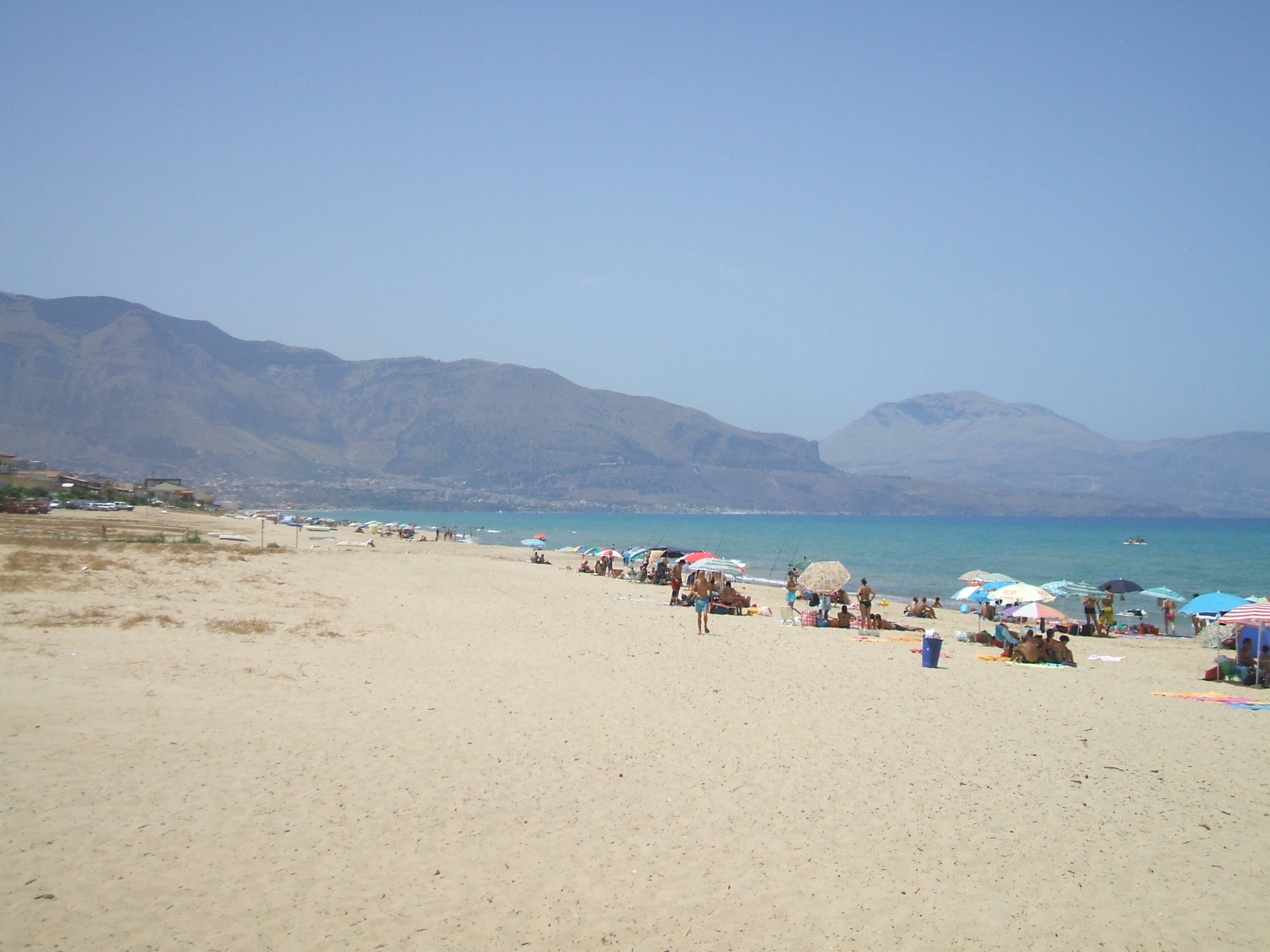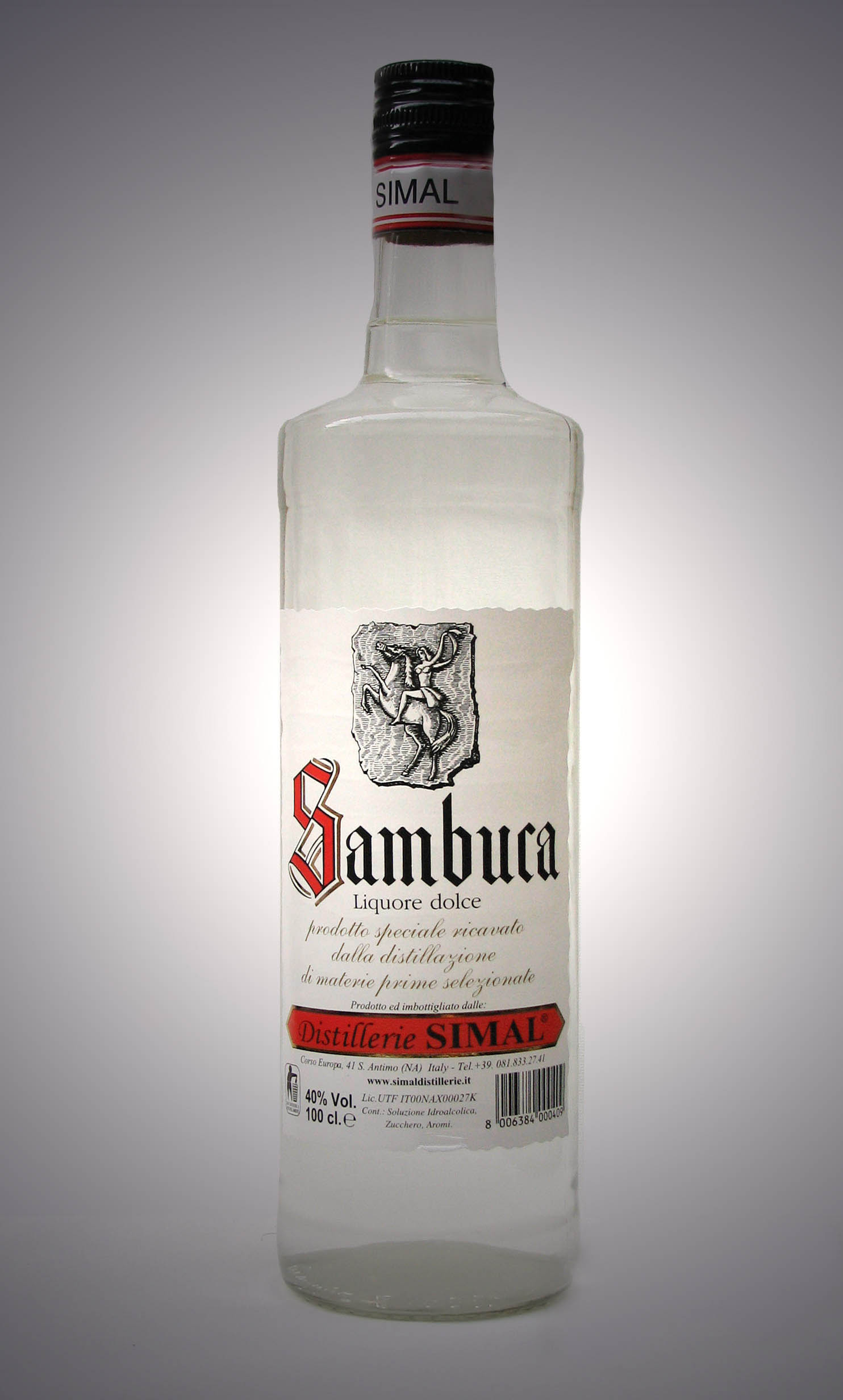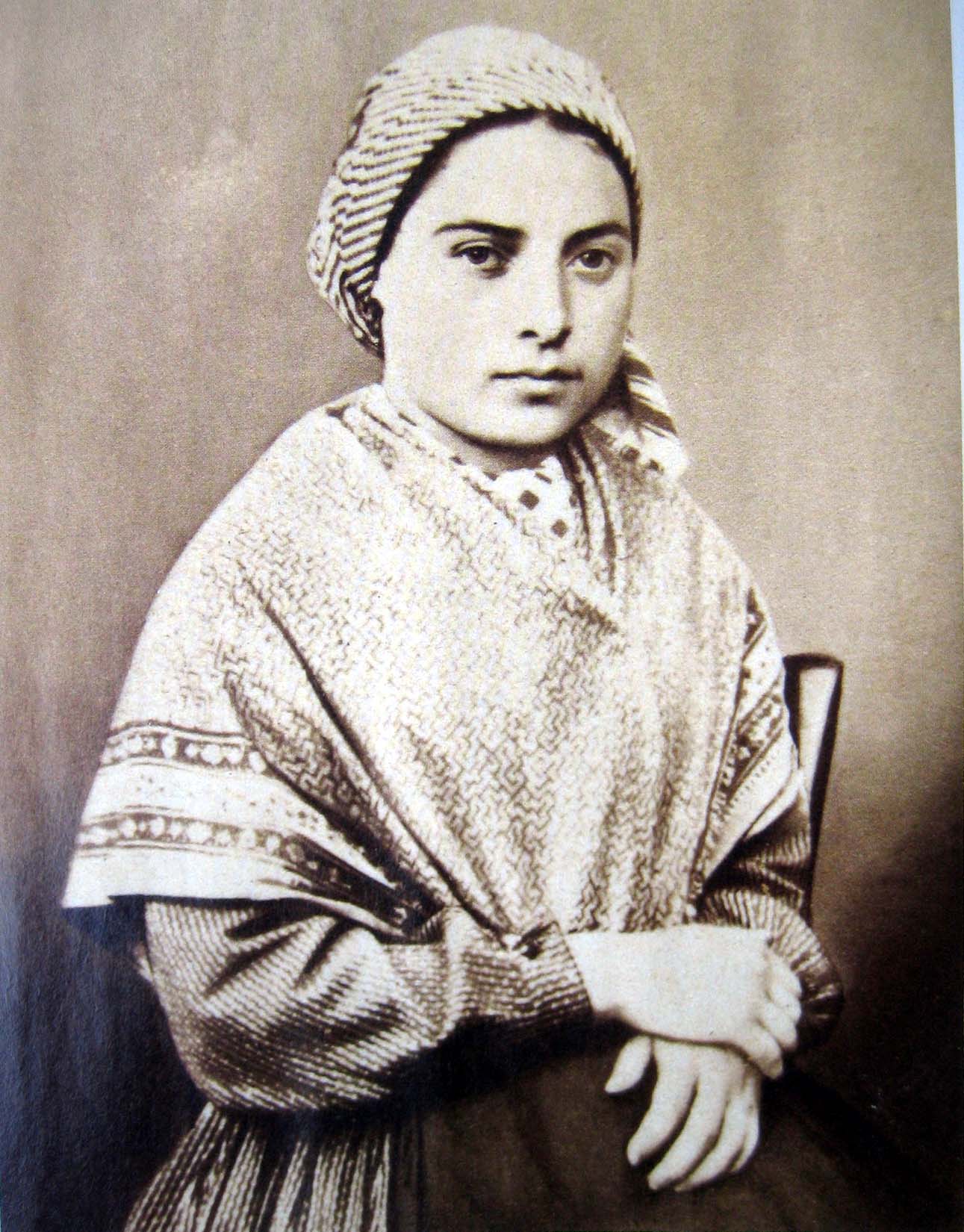|
Sant'Anna, Alcamo
Sant'Anna ("Saint Anne", also called ''Sant'Anna Cappuccini'') is a Catholic church in Alcamo, in the province of Trapani, Sicily, southern Italy. It is annexed to the former monastery of the Capuchine friars and it belongs to the (FEC). History The Church was built between 1630 and 1634, and the ex friary between 1633 and 1636. Both of them were constructed because of the necessity of the Capuchine friars (who lived in a monastery annexed to a Church inside the cemetery of Cappuccini until 1566Cataldo, Carlo (1982). Guida storico-artistica dei beni culturali di Alcamo-Calatafimi-Castellammare del Golfo. Alcamo: Sarograf. needed to get near the town. In 1866 the Capuchine friary was abolished. The parish of Sant'Anna, called by people from Alcamo "Li Scappuccini"http://www.trapaninostra.it/libri/carlo_cataldo/Splendori_della_memoria/Splendori_della_memoria-04.pdf Carlo Cataldo, "Splendori della memoria", p. 49 was created in 1947. Description and works The Church ... [...More Info...] [...Related Items...] OR: [Wikipedia] [Google] [Baidu] |
Alcamo
Alcamo (; scn, Àrcamu, italic=no) is the fourth-largest town and commune of the Province of Trapani, Sicily, with a population of 44.925 inhabitants. It is on the borderline with the Metropolitan City of Palermo at a distance of about 50 kilometres from Palermo and Trapani. Nowadays the town territory includes an area of 130,79 square kilometres and is the second municipality as for population density in the province of Trapani, after Erice. Alcamo is bounded by the Tyrrhenian Sea on the north, Balestrate and Partinico on the east, Camporeale on the south and Calatafimi-Segesta and Castellammare del Golfo on the west. Its most important hamlet is Alcamo Marina at about 6 kilometres from the town centre. Together with other municipalities it takes part in the ''Associazione Città del Vino'', the movement ''Patto dei Sindaci'', ''Progetto Città dei Bambini'', ''Rete dei Comuni Solidali'' and ''Patto Territoriale Golfo di Castellammare''. Geography Territory Alcamo is ... [...More Info...] [...Related Items...] OR: [Wikipedia] [Google] [Baidu] |
Baptismal Font
A baptismal font is an article of church furniture used for baptism. Aspersion and affusion fonts The fonts of many Christian denominations are for baptisms using a non-immersive method, such as aspersion (sprinkling) or affusion (pouring). The simplest of these fonts has a pedestal (about tall) with a holder for a basin of water. The materials vary greatly consisting of carved and sculpted marble, wood, or metal. The shape can vary. Many are eight-sided as a reminder of the new creation and as a connection to the practice of circumcision, which traditionally occurs on the eighth day. Some are three-sided as a reminder of the Holy Trinity: Father, Son, and Holy Spirit. Fonts are often placed at or near the entrance to a church's nave to remind believers of their baptism as they enter the church to pray, since the rite of baptism served as their initiation into the Church. In many churches of the Middle Ages and Renaissance there was a special chapel or even a separate build ... [...More Info...] [...Related Items...] OR: [Wikipedia] [Google] [Baidu] |
Niche (architecture)
A niche (CanE, or ) in Classical architecture is an exedra or an apse that has been reduced in size, retaining the half-dome heading usual for an apse. Nero's Domus Aurea (AD 64–69) was the first semi-private dwelling that possessed rooms that were given richly varied floor plans, shaped with niches and exedrae; sheathed in dazzling polished white marble, such curved surfaces concentrated or dispersed the daylight. A is a very shallow niche, usually too shallow to contain statues, and may resemble a blind window (a window without openings) or sealed door. (Compare: blind arcade) The word derives from the Latin (), via the French . The Italian '' nicchio'' () may also be involved,OED, "Niche" as the traditional decoration for the top of a niche is a scallop shell, as in the illustration, hence also the alternative term of "conch" for a semi-dome, usually reserved for larger exedra. In Gothic architecture, a niche may be set within a tabernacle framing, like a richly de ... [...More Info...] [...Related Items...] OR: [Wikipedia] [Google] [Baidu] |
Saint Francis Of Assisi
Giovanni di Pietro di Bernardone, better known as Saint Francis of Assisi ( it, Francesco d'Assisi; – 3 October 1226), was a Mysticism, mystic Italian Catholic Church, Catholic friar, founder of the Franciscans, and one of the most venerated figures in Christianity. He was inspired to lead a life of poverty and Itinerant preacher, itinerant preaching. Pope Gregory IX canonized him on 16 July 1228. He is usually depicted in a robe with a rope as belt. In 1219, he went to Egypt in an attempt to convert the sultan al-Kamil and put an end to the conflict of the Fifth Crusade. In 1223, he arranged for the first Christmas live nativity scene. According to Christian tradition, in 1224 he received the stigmata during the Vision (spirituality), apparition of a Seraphic angel in a religious ecstasy. He founded the men's Order of Friars Minor, the women's Order of Saint Clare, Order of St. Clare, the Third Order of Saint Francis, Third Order of St. Francis and the Custody of th ... [...More Info...] [...Related Items...] OR: [Wikipedia] [Google] [Baidu] |
Chiesa Di Santa Maria Di Gesù (Alcamo)
Chiesa (Italian, 'church') may refer to: People with the surname * Andrea Chiesa (born 1966), Swiss Formula One racer *Anthony della Chiesa (1394–1459), Italian Dominican friar * Bruno della Chiesa (born 1962), European linguist * Carlo Alberto Dalla Chiesa (1920-1982), Italian military leader *Deborah Chiesa (born 1996), Italian tennis player *Enrico Chiesa (born 1970), Italian footballer ** Federico Chiesa (born 1997), Italian footballer, son of Enrico Chiesa *Giacomo della Chiesa (1854-1922), Italian bishop, became Pope Benedict XV * Giulietto Chiesa (1940-2020), Italian journalist and politician * Giulio Chiesa (1928-2010), Italian pole vaulter *Gordon Chiesa, American basketball coach *Guido Chiesa (born 1959), Italian director and screenwriter *Jeffrey S. Chiesa (born 1965), U.S. Senator; American lawyer; former Attorney General of New Jersey * Laura Chiesa (born 1971), Italian fencer * Mario Chiesa (politician) (born c1938), Italian politician * Michael Chiesa (born 1987) ... [...More Info...] [...Related Items...] OR: [Wikipedia] [Google] [Baidu] |
Giuseppe Renda
220px, ''Madonna of the Lamp'', in the basilica of Santa Maria Assunta at Alcamo. Giuseppe Renda, called "l'Aroddu" (13 June 1772 - 20 October 1805), was an Italian painter. Biography Born in Alcamo into a family of farmers and third son of Antonio di Vito (called "Arollo") and Francesca Lo Serro di Giuseppe, he was baptized with the name Giuseppe Antonino. The family lived in via Commendatore Leonardo Navarra, called "strada di li putieddi" (the street with small shops) because of the stands which were erected in this street during the free fair of the Company of Saint James.Calia, p. 51. When he was young he worked for the cathedral. He started painting during his adolescence when one day, on a whim, he sketched the portrait of a chaplain on a wall with a charcoal. After he had seen it, the archpriest Don Benedetto Mangione, sent him to the town authorities. He was taken under the patronage of the nobleman Pietro Lombardo and this patronage allowed him to study art w ... [...More Info...] [...Related Items...] OR: [Wikipedia] [Google] [Baidu] |
Saint Rosalia
Rosalia (1130–1166), also called La Santuzza or "''The Little Saint''", and in Sicilian as "Rusulia", is the patron saint of Palermo in Italy, Camargo, Chihuahua, and three towns in Venezuela: El Hatillo, Zuata, and El Playon. She is especially important internationally as a saint invoked in times of plague. From 2020 onwards she has been invoked by some citizens of Palermo to protect the city from COVID-19. Biography Rosalia was born of a Norman noble family that claimed descent from Charlemagne. Devoutly religious, she retired to live as a hermit in a cave on Mount Pellegrino, where she died alone in 1166. Tradition says that she was led to the cave by two angels. On the cave wall she wrote ''"I, Rosalia, daughter of Sinibald, Lord of ontedelle Rose, and Quisquina, have taken the resolution to live in this cave for the love of my Lord, Jesus Christ."'' 1624 plague In 1624, a plague beset Palermo. During this hardship Rosalia reportedly appeared first to a si ... [...More Info...] [...Related Items...] OR: [Wikipedia] [Google] [Baidu] |
Saint Joseph
Joseph (; el, Ἰωσήφ, translit=Ioséph) was a 1st-century Jewish man of Nazareth who, according to the canonical Gospels, was married to Mary, the mother of Jesus, and was the legal father of Jesus. The Gospels also name some brothers of Jesus who may have been: (1) the sons of Mary, the mother of Jesus, and Joseph; (2) sons of Mary, the wife of Clopas and sister of Mary the mother of Jesus; or (3) sons of Joseph by a former marriage. Joseph is venerated as Saint Joseph in the Catholic Church, Orthodox Church, Oriental Orthodox Church and Anglicanism. His feast day is observed by some Lutherans. In Catholic traditions, Joseph is regarded as the patron saint of workers and is associated with various feast days. The month of March is dedicated to Saint Joseph. Pope Pius IX declared him to be both the patron and the protector of the Catholic Church, in addition to his patronages of the sick and of a happy death, due to the belief that he died in the presence of Jesus and ... [...More Info...] [...Related Items...] OR: [Wikipedia] [Google] [Baidu] |
Sambuca
Sambuca () is an Italian anise-flavoured, usually colourless, liqueur. Its most common variety is often referred to as ''white sambuca'' to differentiate it from other varieties that are deep blue (''black sambuca'') or bright red (''red sambuca''). Like other anise-flavoured liqueurs, the ouzo effect is sometimes observed when combined with water. Ingredients Sambuca is flavoured with essential oils obtained from star anise, or less commonly, green anise. Other spices such as elderflower, liquorice and others may be included but are not required as per the legal definition. It is bottled at a minimum of 38% alcohol by volume. The oils are added to pure alcohol, a concentrated solution of sugar, and other flavourings. History The term comes from the Latin word ''sambucus'', meaning "elderberry". The word ''sambuca'' was first used as the name of another elderberry liquor that was created in Civitavecchia around 1850 by Luigi Manzi. Serving Sambuca may be served neat. It may a ... [...More Info...] [...Related Items...] OR: [Wikipedia] [Google] [Baidu] |
Our Lady Of Lourdes
Our Lady of Lourdes (french: Notre-Dame de Lourdes) is a title of the Virgin Mary. She is venerated under this title by the Roman Catholic church due to her apparitions that occurred in Lourdes, France. The first apparition of 11 February 1858, of which Bernadette Soubirous (age 14) told her mother that a "Lady" spoke to her in the cave of Massabielle ( from the town) while she was gathering firewood with her sister and a friend. Similar apparitions of the "Lady" were reported on 18 occasions that year, until the climax revelation of Our Lady of the Immaculate Conception took place. On 18 January 1862, the local Bishop of Tarbes Bertrand-Sévère Laurence endorsed the veneration of the Blessed Virgin Mary in Lourdes. On 1 February 1876, Pope Pius IX officially granted a decree of canonical coronation to the image as ''Notre-Dame du Saint Rosaire''. The coronation was performed by Cardinal Pier Francesco Meglia at the courtyard of what is now part of the Rosary Basilica on 3 July ... [...More Info...] [...Related Items...] OR: [Wikipedia] [Google] [Baidu] |
Holy Heart Of Jesus
The Most Sacred Heart of Jesus ( la, Cor Jesu Sacratissimum) is one of the most widely practised and well-known Catholic devotions, wherein the heart of Jesus is viewed as a symbol of "God's boundless and passionate love for mankind". This devotion to Christ is predominantly used in the Catholic Church, followed by high-church Anglicans, Lutherans and some Western Rite Orthodox. In the Latin Church, the liturgical Solemnity of the Most Sacred Heart of Jesus is celebrated the third Friday after Pentecost. The 12 promises of the Most Sacred Heart of Jesus are also extremely popular. The devotion is especially concerned with what the church deems to be the long-suffering love and compassion of the heart of Christ towards humanity. The popularization of this devotion in its modern form is derived from a Roman Catholic nun from France, Margaret Mary Alacoque, who said she learned the devotion from Jesus during a series of apparitions to her between 1673 and 1675, and later, in the ... [...More Info...] [...Related Items...] OR: [Wikipedia] [Google] [Baidu] |




.jpg)



